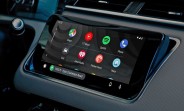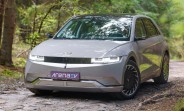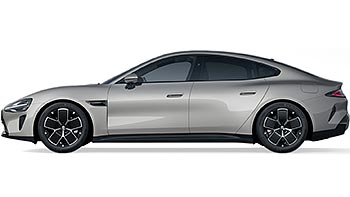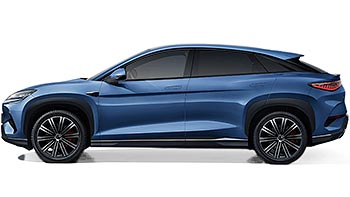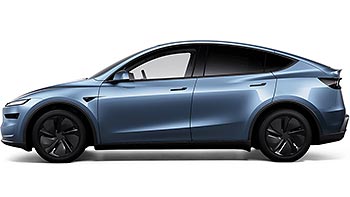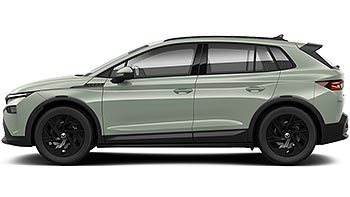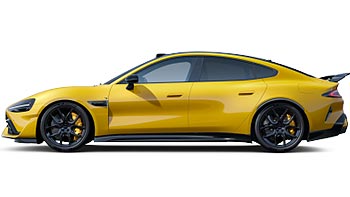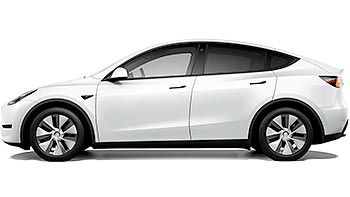Android Auto to bring video and web browsing to your car's dashboard
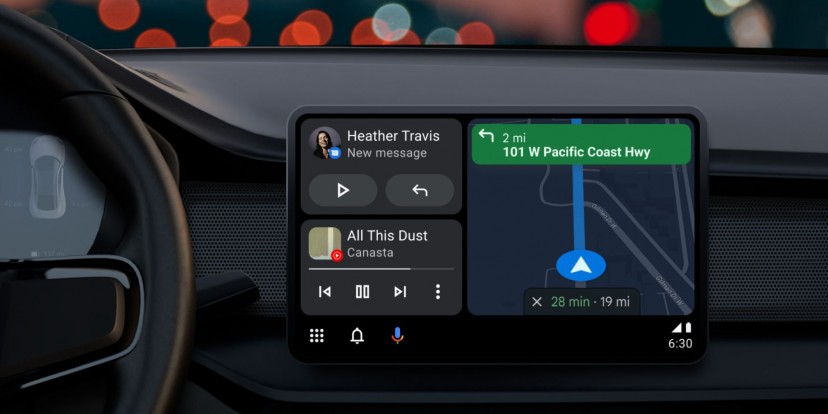
Google is about to roll out big updates for Android Auto, promising to change how you interact with your car's infotainment screen. Soon, browsing the web and watching videos could be as common as listening to music or navigating, at least when your car is safely parked.
For years, Google has been careful about what apps can appear on your car's display via Android Auto. The main reason? Safety. Nobody wants drivers distracted by complex apps while trying to navigate traffic. This approach has meant a slow but steady expansion of supported app categories. Most recently, weather apps have "graduated from beta," meaning developers can now more easily create and publish weather apps for Android Auto, as long as they meet Google's quality standards.
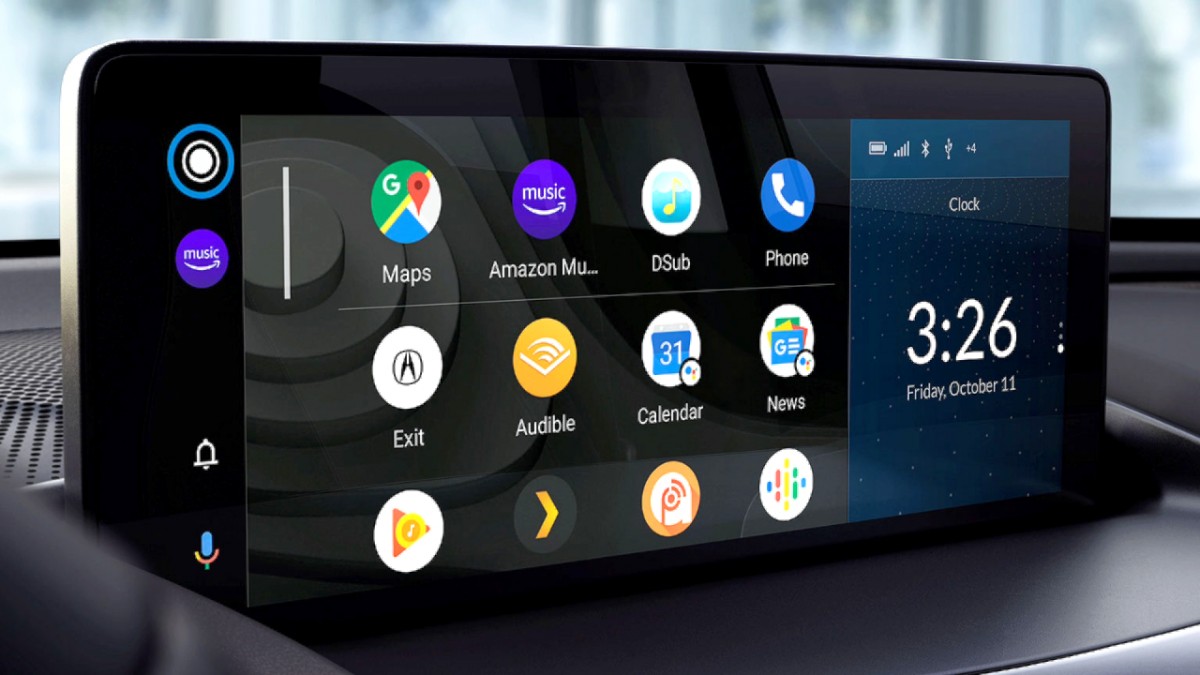
The next big step, however, involves bringing even more of your phone's capabilities to the dashboard. Google has announced that Android Auto will soon support two new app categories: web browsers and video apps. As you might expect, Google is still prioritizing safety; video playback will only work when the car is parked. To access these video apps on Android Auto, users will need a phone running the upcoming Android 16 and what Google calls "select compatible cars." Details about which browsers or specific video apps will be available first haven't been shared yet, but more information is expected closer to the rollout later this year.
There's also an interesting development for cars that run Android Automotive OS. This is different from Android Auto. Android Auto projects apps from your phone onto the car's screen, while Android Automotive is the car's own built-in operating system. For these Android Automotive systems, Google plans an audio-only mode for video apps. This clever feature would let you listen to the sound from video apps even while driving. So, if you have a favorite podcast or a news show you usually watch on YouTube, you can soon listen to it safely on your commute without the video part causing a distraction.
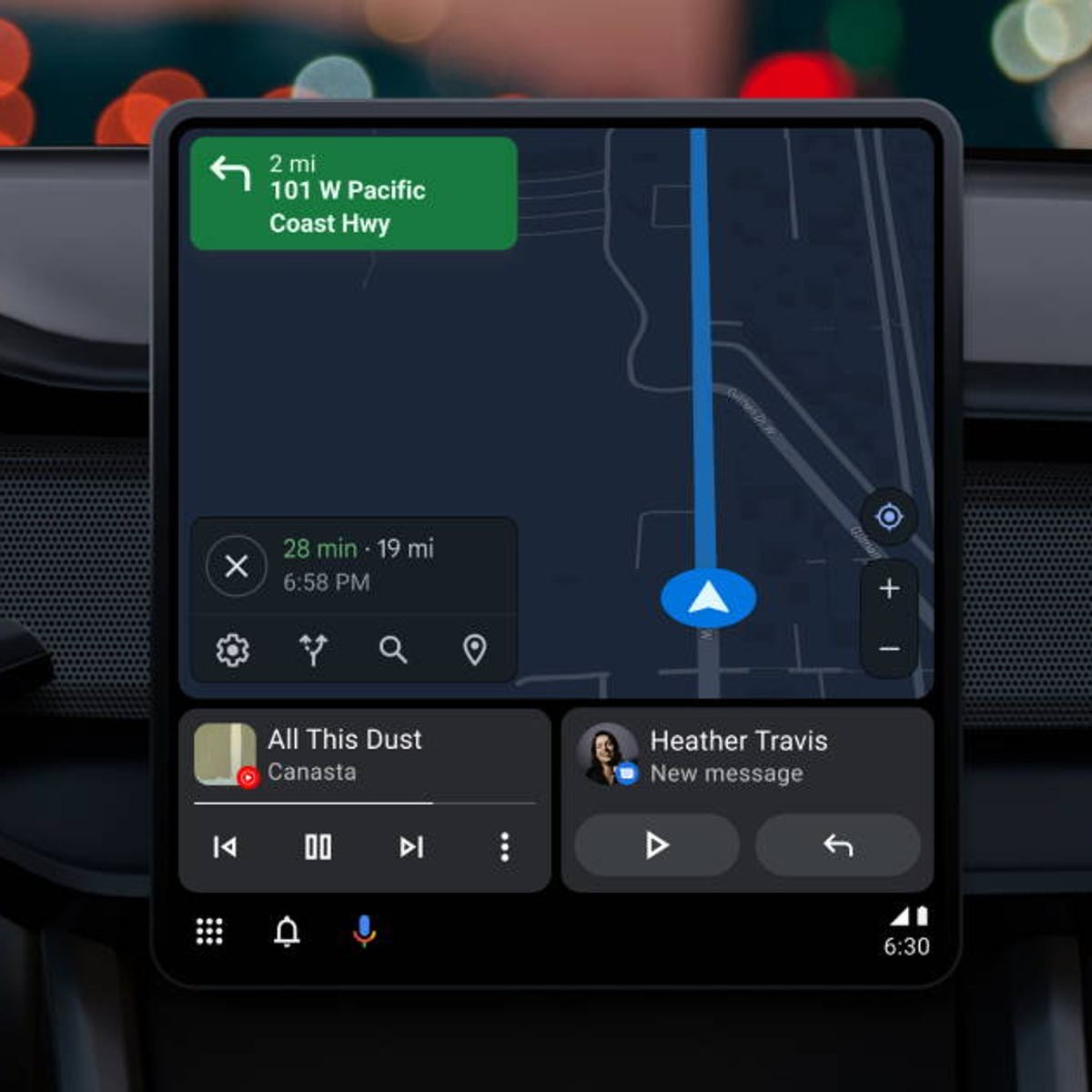
These upcoming changes are part of a larger trend in the automotive world. Cars are evolving from simple transportation tools into sophisticated, connected devices. Advanced infotainment systems are becoming key selling points, and buyers of EVs and other modern vehicles often expect cutting-edge technology, including seamless connectivity and a rich app experience.
While the prospect of more apps in our cars is exciting, it also comes with the usual caveats. The "select compatible cars" phrase means not everyone will get these new video features right away, and it will depend on car manufacturers to adopt the necessary technology. The Android 16 requirement for video apps also means older phones won't be able to support it initially. Still, the direction is clear: Google is committed to turning your car's dashboard into a more powerful extension of your digital life, just as long as you promise to only watch cat videos when you're parked.
Related
Reader comments
- Anonymous
Google apps have standards???
- 22 May 2025
- yVI


